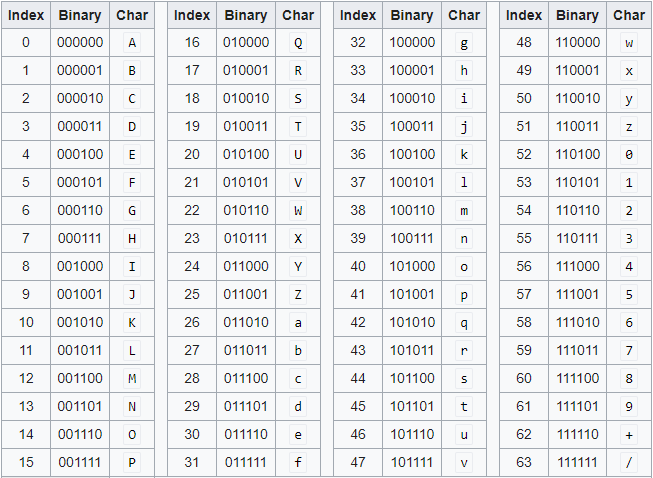

To encode Unicode characters, you first need to escape the input string to an array of 8-bit bytes (like UTF-8), and then use btoa() to encode it to Base64 as shown in the following example: function encodeUnicode ( str ) decodeUnicode ( 'SmF2YVNjcmlwdCBpcyBmdW4g8J+OiQ=' ) // JavaScript is fun 🎉 decodeUnicode ( '8J+UpfCfkqE=' ) // 🔥💡 Conclusion

If you execute the above code, you should see the following error output: Uncaught DOMException: Failed to execute 'btoa' on 'Window' : The string to be encoded contains characters outside of the Latin1 range. Here is an example: const str = "JavaScript is fun 🎉" // encode the string const encodedStr = btoa (str ) // print encoded string If your input data contains any character that has more than 8 bits, for instance, a Unicode character, the btoa() function will throw an exception. log (encodedStr ) // output: SmF2YVNjcmlwdCBpcyBmdW4hIQ=īy default, the btoa() method works fine for binary data consisting of 8-bit bytes. The following example shows that how you can use btoa() to Base64 encode a string in JavaScript: const str = "JavaScript is fun!!" // encode the string const encodedStr = btoa (str ) // print encoded stringĬonsole. It accepts the binary string as an argument and returns a Base64 encoded ASCII string. The btoa() function (stands for binary-to-ASCII) is used to create a Base64 encoded ASCII string from the binary data. There are two built-in functions in JavaScript for encoding and decoding raw binary data into Base64 strings.
#BASE64 BINARY TO ASCII TEXT ENCODING ENCODED 13 TIMES HOW TO#
In this article, you'll learn how to encode and decode Base64 strings in JavaScript. You have to first encode the binary file into a textual format, preferably ASCII. For instance, a common example is sending an image or any other binary file to an email server that typically expects textual data. It only transforms the binary data into an ASCII character set that is extremely useful for transferring obfuscated strings over the network. It is important to remember that Base64 is not an encryption or compression scheme. Base64 makes sure that the binary data doesn't change during transportation. It is commonly used for encoding and transporting data over media that are incompatible to transfer binary data. Base64 is a widely used binary-to-text encoding scheme that transforms binary data into an equivalent ASCII character set by translating it into a radix-64 representation.


 0 kommentar(er)
0 kommentar(er)
